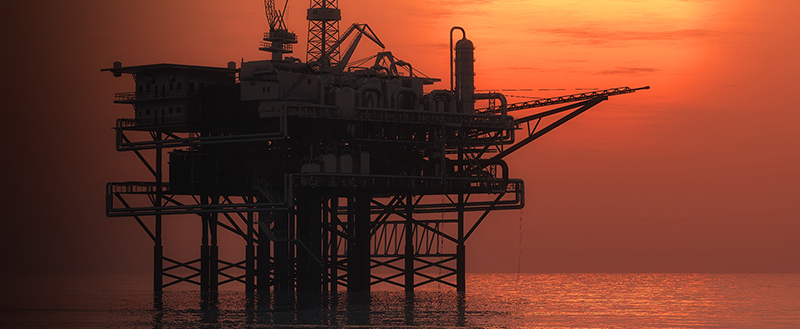
Thanks to the growing popularity of alternative types of retirement accounts, you may be considering opening an energy, oil and gas IRA. However, in order to do so, you need to understand what an energy, oil and gas IRA is and how it works. Here is a list of frequently asked questions that may provide you with some additional insight into how an energy, oil and gas IRA can help you reach your retirement financial goals.
What is an energy, oil and gas IRA?
An energy, oil and gas IRA is a type of retirement account that allows to save money with tax benefits and make investments to help you grow your account balance faster. As a matter of fact, the main difference between an energy, oil and gas IRA and other types of retirement accounts lies in the type of investments you can make. As you might expect, an energy, oil and gas IRA allows you to invest in any of the various investment options the energy industry has to offer. This includes purchasing stock in various energy distributors, energy drilling and/or refineries, green energy companies and even the land that energy companies use to drill on.
How are energy, oil and gas IRAs managed?
As with any other self directed IRA, you must have a custodian help you set up your account and manage your investment activities. They will also be in charge of keeping your assets in custody until you begin receiving distributions from your account.
Why do I need a Custodian for an energy, oil and gas IRA?
The IRS requires your retirement savings funds as well as any assets purchased with those funds to remain in the custody of an IRS recognized custodian. This ensures that your investment activity and assets meet all of the eligibility requirements the IRS sets forth as well as that all of the accounting done against your IRA is done in accordance with accepted practices.
Can I take an early withdrawal from my energy, oil and gas IRA?
The same rules apply with an energy, oil and gas IRA as with a traditional IRA, Roth IRA or company sponsored 401k. If you take a distribution from your IRA before the age 59 ½, you will pay a 10% penalty for the distribution. If your energy, oil and gas IRA did not require you to pay income taxes on the money that you contributed, like a traditional IRA, you will also have to pay income taxes on that amount when it is distributed. If you paid income taxes on the money before you contributed, you will not be taxed a second time.
Energy, oil and gas IRAs do have two cases where taking an early distribution does not culminate in an early withdrawal penalty: in the case where the funds are being withdrawn for a first time home purchase or to pay for higher education costs.
As you can see, an energy, oil and gas IRA offers you yet another way to invest your hard earned money in a way to better diversify your retirement saving and investing strategy. Interested in learning more about the benefits of investing in energy for your retirement, consider talking to an energy, oil and gas IRA custodian today.

